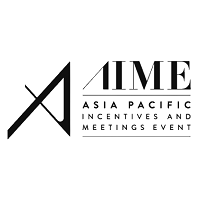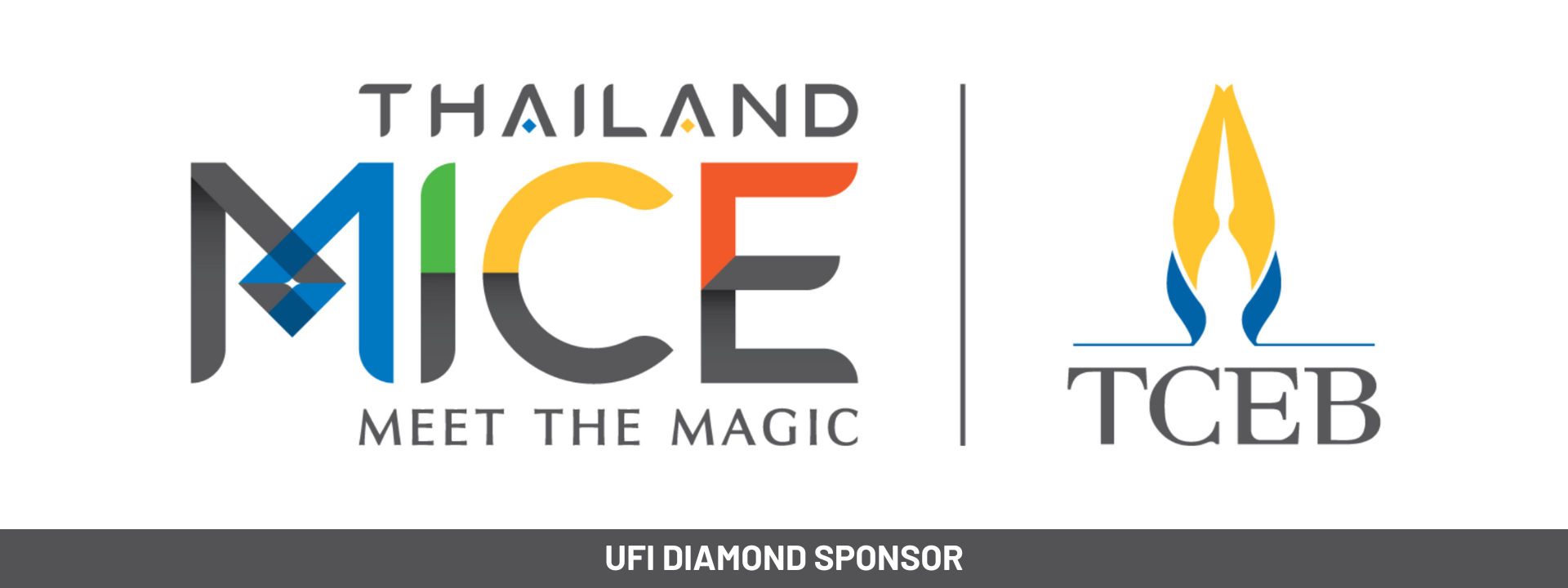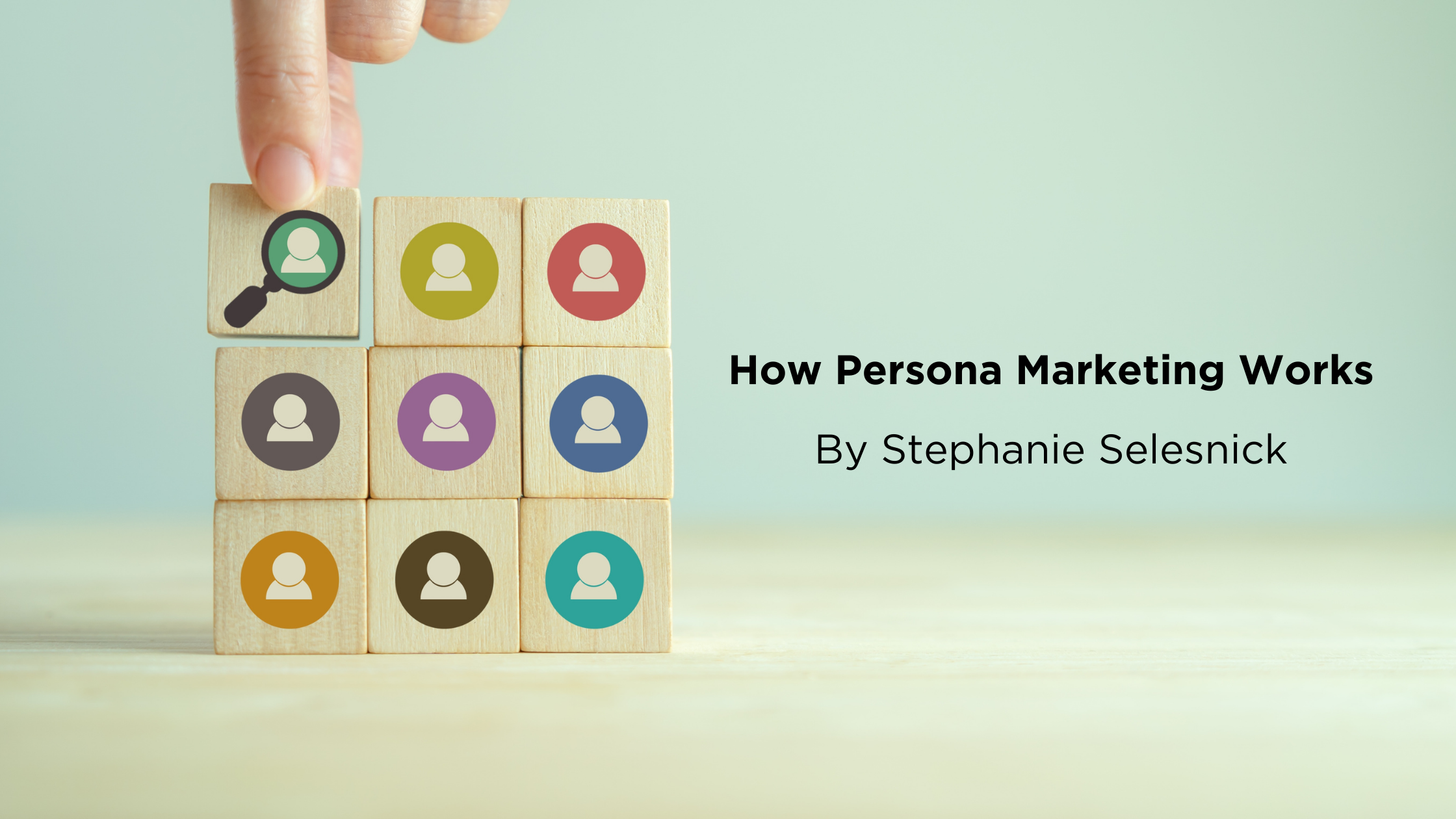
Matt Pearce, CEO at Talk2 Media & Events
The Asia Pacific Incentives and Meetings Event (AIME) is the first major event for the business events sector in the Region for the year. Held in Melbourne, in February each year, it is seen as a business kick-starter following the holiday season.
Indeed, as we went into the Christmas break, we were feeling reasonably satisfied. Our hosted buyer quality and quantity meant we were comfortable that these would underpin the business matching we understood our exhibitors to be looking for. Little did we know what was around the corner.
Over the break, Australia suffered damaging bushfires. More damaging than the fires themselves was the misinformation that followed them. According to one survey, 63% of people outside of Australia thought that over 25% of the country had burnt! That’s a land size larger than UK, Ireland and Japan! Perception and managing that perception became crucial. Reports of a smoke-filled land on fire and unsafe metropolitan cities, couldn’t have been further from the truth. Yes, the fires were awful, but the fire-brigades did a magnificent job managing and containing them, given the conditions.
Handing misperception soon became the order of the day. As we settled people down on the bushfires, which in fairness resulted in more concern for the firefighters than the event, COVID-19 started to surface. By 20 January it was clear that there was an emerging problem – a localised event that may restrict some buyers from China. We had calls, how would we handle this, would we let our buyers cancel without penalty and so we were soon on the phone and email explaining that we were monitoring the situation and that no decision would be made ahead of Chinese New Year. Just like the bushfires, we had little idea of how quickly events would change.
On 21 January we started following the advice from World Health Organisation (WHO). Keep calm seemed to be the central message, that didn’t help allay fears and again misperception started to overtake the facts. Now the calls started to come in asking if we would be cancelling the event, only a trickle, but that grew steadily over the following 10 days as Chinese New Year finished, and people didn’t go back to work. Now others were asking what we were going to do about their safety – were we cancelling? Were we banning the Chinese? Was it safe? Clearly, our communications needed to move ahead of the curve – we needed to be pre-empting the questions, but how, when the facts didn’t always reflect the questions!
On 30 January we were pushed to make a decision about the Chinese attending. The WHO had declared COVID-19 an emergency. Still, the situation was so fluid, and I didn’t feel we had all the information. WHO was still saying that travel was ok and that while we should be cautious, we shouldn’t stop. I chose to wait until the following Monday and over the weekend Australia announced that it was banning travel from mainland China, with a few exceptions. The decision had been made for us.
We immediately spoke with all our Chinese buyers and explained the situation, cancelled their bookings and re-set them all for 2021. For some there was relief, others frustration but all accepted the situation. We reopened the hosted buyer list and with modest short-term effect secured some additional buyers. We had communications go out to exhibitors, visitors and other stakeholders explaining what we were doing and for 10 days we managed the situation and calm started to be restored.
This one to many communication was supported with one to one conversations. We had the whole team calling our exhibitors to explain the impact of those coming in from China not being able to attend. We re-shuffled their diaries to reflect the markets that were important to them without China in the mix
Then MWC cancelled. As news spread, it was as though the contagion had also spread! If MWC cancels – surely, we have to cancel too. COVID-19 may be the common thread, but the cancellation reasons would be entirely different. Unlike MWC, we did not have a large Chinese exhibitor component additionally our Chinese visitors were very targeted but a manageable number. Again, we sent out communications re-affirming that the show would go on. Again, we managed the difference between fact and conjecture.
We also embarked on a more localised campaign. Tourism Australia had launched their ‘Event Here This Year’ campaign, to encourage corporates and associations alike to hold events in bushfire impacted areas to aid their regeneration. We worked with the chambers of commerce nationally and locally to encourage event planner attendance as we had a good selection of regional exhibitors.
Onsite and in the few days before, we worked out clear communication strategies should anything happen at the show. This went above and beyond our normal risk assessments and covered COVID-19. We worked closely with the Victorian State Government and used the resources supplied by the WHO to ensure a consistent message. We worked with the Melbourne Convention & Exhibition Centre to ensure we were consistent, and we ensured that we had signs up in washrooms and other public areas, we bought in additional supplies of hand sanitiser and crossed our fingers and toes!
The result? A show where the industry willingly came together. Where COVID-19 and its current and potential impact were discussed, and mitigation plans hatched. Buyers and exhibitors were pleased to be discussing future business, not potential short-term cancellations. Our final visitor numbers were up by 20%, with an increase in more local visitors. Hosted buyer numbers slipped slightly as a result of the drop in numbers from China, but overall, we ran an event to be proud of.







Leave A Comment